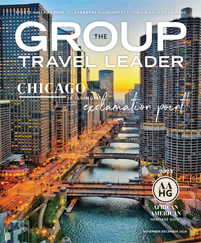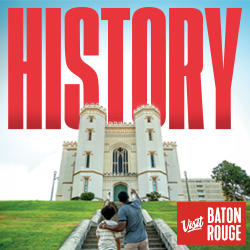How do you turn your niche travel passion into a viable travel business?
On this episode of the Gather and Go podcast, Scott Brodsky of Country Heritage Tours tells the story of how his family turned a love of quilting into a thriving tour company. He also shares insights on how he has leveraged marketing and technology skills to take the business to the next level. Plus, we have news about air travel’s summer woes; a road tip about travel insurance; and a Hot Minute about solving the staffing shortage in tourism.
Podcast: Embed
To learn more about Scott and Country Heritage Tours, visit countryheritagetours.com.
For more information about advertising in our Buyer’s Guide for the Group Travel Industry, visit gtl-advertising.com.










